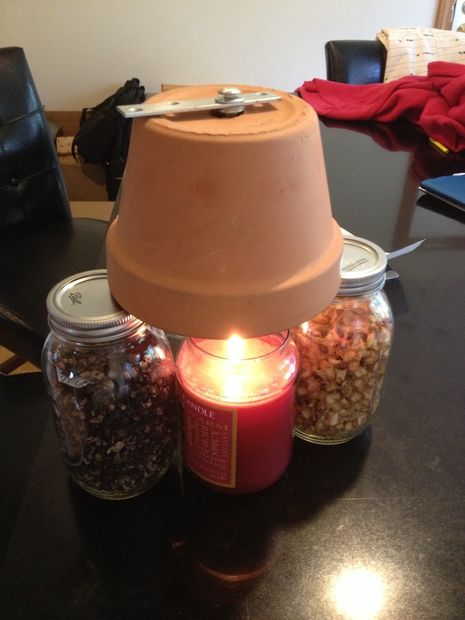-
- July 22, 2017Candle Origins Before candles were a popular way to relax in the bath, to add fragrance to your home or create a romantic atmosphere, they were actually used primarily for their function – to give light, and heat. Candles have been used to illuminate for thousands of years, but very little is known about their origin. What we do know, is that the first candles were not wicked, as modern candles are. It is thought that the first candles were developed by the ancient Egyptians in 3,000 B.C.E, who created torches by soaking reeds in animal fats which acted as a kind of wick. Other evidence suggests that the earliest candles were made in China during the Qin Dynasty, using whale fat, and it has also been suggested that India may have begun using candles around the same time, using the waxy residue that is left when cinnamon is boiled. Regardless of which culture should be credited with creating this first candle prototype, it is generally agreed among historians that it was ancient Romans who
-
- September 24, 2014What Are Flower Pot Heaters? As well as emitting delicate fragrance within your home environment, The Sun Garden’s heavenly range of all-natural palm wax candles can also be a great way of generating heat, to add warmth and comfort to smaller spaces within your home. Though candles produce a suitable amount of heat all on their own, with the addition of a couple of simple and inexpensive household items, you can turn your candles into an efficient ‘flower-pot heater’. This simple but effective method allows natural, affordable terracotta pots (that you may already have around the house) to collect the heat from a lit candle and concentrate it, radiating it out into any room of your house. This method results in the heat the candle produces being more available to the immediate area, giving you access to more heat than a naked flame alone. The basic method involves creating a two-layered structure from your pots, with a small assembly underneath, and is an uncomplicated task which can be
-
- January 22, 2014
Soy wax has remained a popular choice for making scented candles for many years, but consumers are now discovering an alternative that often performs better in both fragrance and burn quality. This increasingly popular material is called palm wax. Many candle buyers still know very little about palm wax, yet those who do often prefer it for its clean burn, long lasting scent, and naturally textured finish. This article compares palm wax and soy wax so you can decide which one works best for your home and your candle collection. Once you understand their differences, you may find that palm wax is the better choice for long lasting home fragrance and seasonal scented candles.
Palm wax is naturally biodegradable and water soluble in all forms. Soy wax can also be biodegradable and water soluble, but only when it is used in a pure, unaltered state. Many commercial soy wax blends include additives or synthetic ingredients that reduce biodegradability and can prevent the wax from dissolving in





